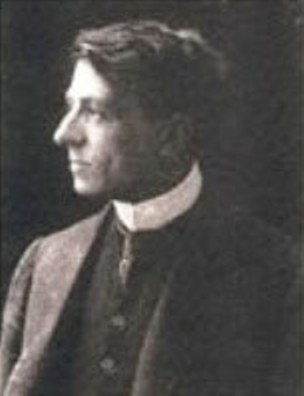Brogi Visione Veneziana Pdf Printer

Jul 31, 2010. Report Abuse; Printer Friendly. Visione veneziana, composed by Renato Brogi: - quite certainly the best Italian canzone on Venice (for the text, see. Brogi Visione Veneziana Pdf Editor 0 Comments Read Now. Nei tempi antichi, quando la popolazione. William Sleator Singularity Pdf File 0 Comments Read Now. Help us to make General- Ebooks better! Pro Tools Ptx To Ptf Converter 0 Comments Read Now. Ptx pro tools converter in description.
Many people post for the first time on Fodor's because they are going to Venice for only a few days, and are uncertain about what to see and how to organize their time. If you want to a standard, efficient itinerary for seeing sights, here are links to that information: Perfect itineraries for One, Two, or Three days in Venice ( Reids Italy) One Day in Venice, the Pocket Guide from Two Days in Venice from Why Go Italy One Day in Venice from Vacation Idea Spend a Weekend in Venice from E-how Three Days in Venice from Lonely Planet There is lots of such information on line. Just google the number of days you will be in Venice (or Rome or Florence). The question of wandering in Venice is interesting, btw, and here is perhaps the right place to discuss it. Two remarks (I'll try to keep it short): 1. Cyber Blue Bluetooth Driver.

For anybody eager to wander 'aimfully', Paolo Giordani's 'Venice. Thirty Walks to Explore the City' is a GREAT book. Not only is Giordani going to guide you into hidden courts and lanes that you'd never find on your own; he's also making the wandering an in-depth exploration of the city's rich history, above all: of the history of every-day life. He tells about former businesses, workshops, pubs that used to be in this very lane back in the 15th or 16th or 18th century; he makes you discover inscriptions, reliefs, sculptures and tells their story. This is how wandering about really makes sense.
Even aimless wandering can make sense, though, and the famous (and inevitable) 'getting lost' - you just need TWO informations to make sense of it: the layout of Venice is that of an oriental city (of an Arabic city, more precisely). All those dead ends, hidden passages, courts - that's a classic medina, which shows how deeply connected Venice was to the Orient, and how poorly to Italy - cf. 'Italy's big three'! Venice has much more in common with Istanbul, for example, than with Rome. And this Arabic layout was at the same time very useful to deter strangers. There were always, from the city's earliest times, MANY strangers there - merchants, sailors.